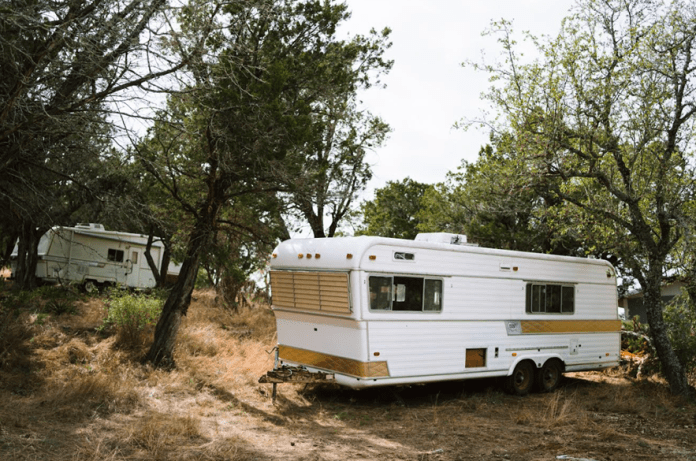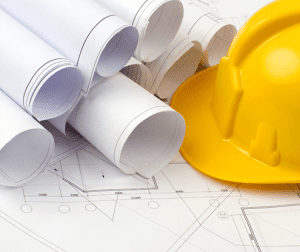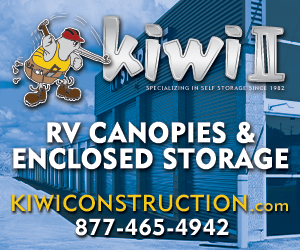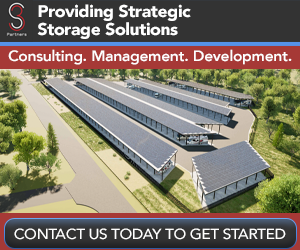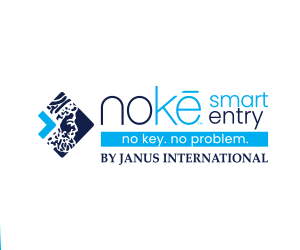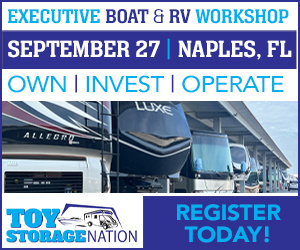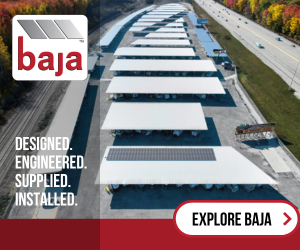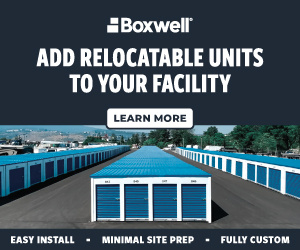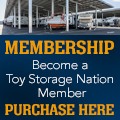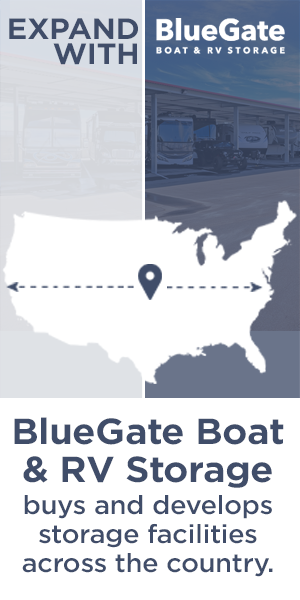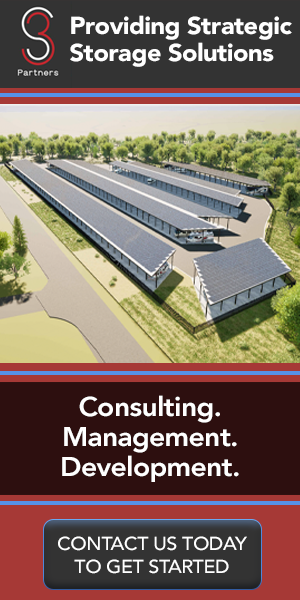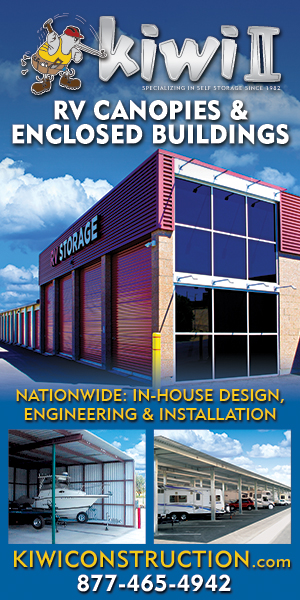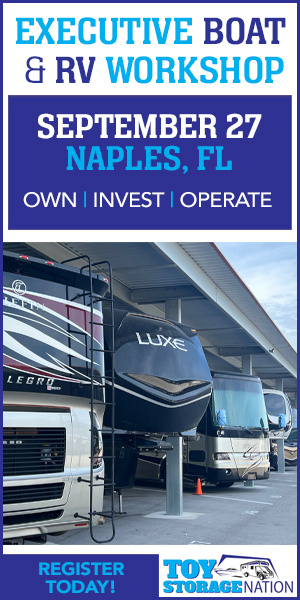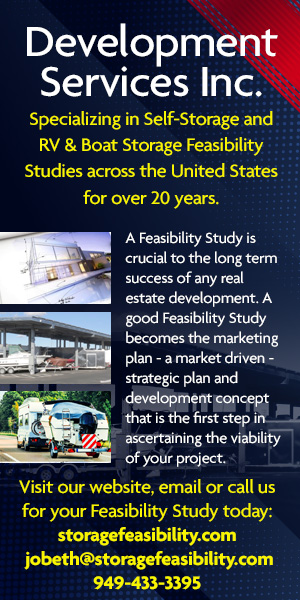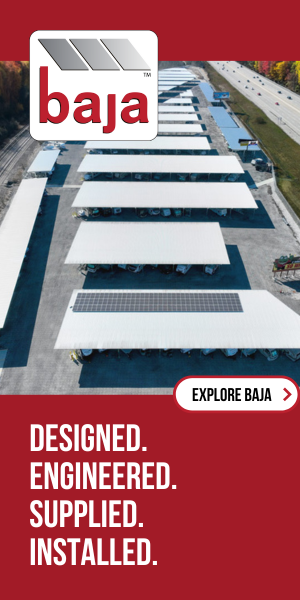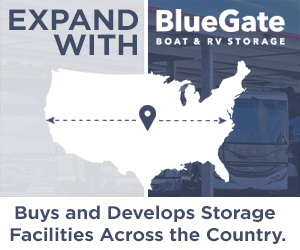By Mark Sherman
Class C RV and boat storage properties, often overlooked or undervalued, can be hidden gems in the real estate market. Repurposing these properties into profitable and innovative ventures has become a growing trend, and one promising avenue is to convert these properties into modern toy storage units. Let’s explore the steps and strategies for successfully renovating and repurposing a Class C property into a thriving toy storage facility.
Understanding Class C Properties
Before diving into the renovation and repurposing process, it’s essential to understand what Class C properties are. Class C properties typically refer to older buildings that may have functional or aesthetic issues, yet they hold significant potential for transformation. These properties often require substantial updates to meet modern standards and attract tenants.
Ten Steps for Renovating or Repurposing Class C Properties
- Conduct a Feasibility Study: Every successful project begins with a thorough feasibility study. This involves assessing the property’s location, condition and potential market demand for toy storage facilities. Identify the competition in the area, evaluate the target demographic and estimate the renovation costs. This study will provide a clear roadmap for your project. (See page XX.)
- Secure Financing: Once the feasibility study confirms the project’s viability, secure the necessary financing. Class C property renovations can be expensive, but there are various financing options available, such as traditional bank loans, private investors or government grants. Choose the option that aligns with your financial plan and goals. (See page XX.)
- Develop a Comprehensive Business Plan: A well-structured business plan is the cornerstone of your toy storage facility project. It should outline your vision, target market, marketing strategy, financial projections and a timeline for development and operation. A strong business plan will help secure funding and guide your project to success.
- Design the Facility: Working with experienced architects and designers, develop a functional and attractive layout for your toy storage facility. Consider factors like climate control, security features, shelving and storage solutions, and user-friendly access points. The facility should provide a safe and convenient space for customers to store their toys.
- Regulatory Approvals and Permits: Navigating the regulatory landscape is crucial. Ensure you obtain all the necessary permits and approvals for your project. This may include zoning permits, building permits, environmental assessments and compliance with local codes and regulations.
- Renovation and Upgrades: The heart of the project lies in the renovation and upgrades to convert the Class C property into a modern toy storage unit. This phase may involve structural repairs, roof replacements, insulation, climate control systems, security enhancements and the installation of storage units. Ensure the facility is safe, accessible and appealing to potential customers.
- Marketing and Branding: Develop a strong brand identity for your toy storage facility. Craft a compelling marketing strategy that highlights the advantages of your location and the unique features of your facility. Use digital marketing, social media and local advertising to reach your target audience.
- Customer Engagement: Prioritize exceptional customer service and engagement. Implement user-friendly online booking and payment systems. Provide exceptional security measures, 24/7 access and responsive customer support. Satisfied customers are more likely to become loyal, long-term tenants.
- Operational Strategy: Implement a robust operational strategy that ensures the smooth day-to-day functioning of the facility. This includes efficient management, maintenance schedules, security protocols and regular inspections. A well-organized facility promotes customer satisfaction and retention.
- Continuous Improvement: Lastly, commit to ongoing improvement. Regularly assess your facility’s performance, gather feedback from customers and stay updated on industry trends. Adapt and evolve to meet the changing needs of your customer base.
Repurposing a Class C property into a modern toy storage unit is a challenging but rewarding venture. With careful planning, dedication and a commitment to quality, you can transform an underutilized property into a thriving business. As the demand for storage solutions continues to grow, your renovated toy storage facility has the potential to become a valuable asset and a successful investment.
Mark Sherman is Director of Operations at S3 Partners. With decades of experience and a comprehensive understanding of this industry, S3 Partners has a rich history and extensive insights to assist clients considering the construction of a new facility or the expansion of an existing storage business to accommodate RVs, boats and other recreational toys. S3 Partners can cover the full lifecycle of RV and boat or traditional storage projects, including site selection, due diligence, entitlements, project management, budgeting, proforma assistance, signage and branding. No matter the size of a project, S3 aims to keep costs down and maximize return on investment. Learn more at S3 Partners.









